"Conclusive Evidence" for Determining Diet
What dinosaurs ate (their diet) is mainly inferred from the shape of their teeth. Those with knife-like teeth suitable for tearing meat are considered carnivorous, while those with flat teeth suitable for grinding or cutting plants are considered herbivorous. However, several other pieces of "conclusive evidence" have been found to determine their diet.
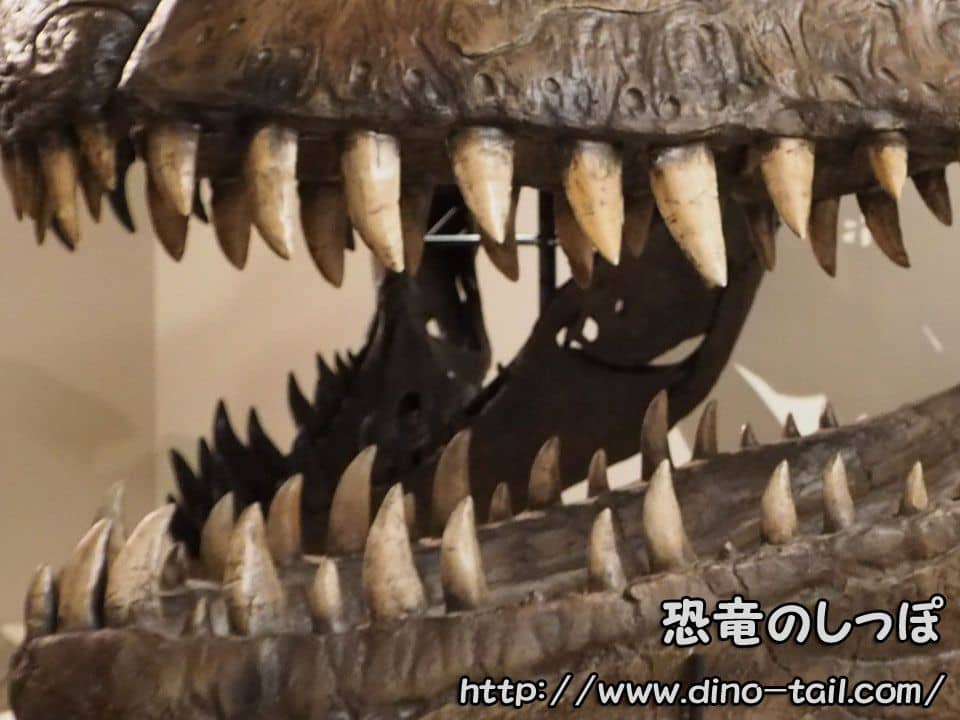
Giganotosaurus (Theropoda)
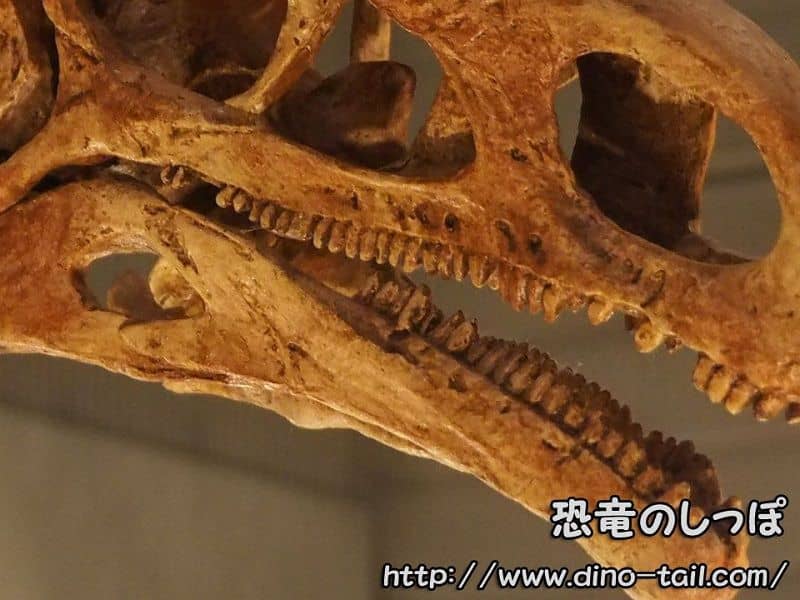
Plateosaurus (Prosauropoda)
- Fossilized Stomach Contents: Sometimes, the last meal of a dinosaur is found undigested in its abdominal area. This is the most direct evidence. For example, fish scales were found in the abdomen of Baryonyx, a member of the Spinosauridae family, confirming its piscivorous diet.
- Fossilized Feces (Coprolites): By analyzing fossilized feces, we can identify what was eaten. A huge coprolite attributed to Tyrannosaurus contained crushed bone fragments, indicating that it ate its prey, bones and all.
- Microscopic Tooth Wear (Microwear): Research is also advancing in analyzing the tiny, invisible scratches left on the surface of teeth to infer what they ate, such as hard or soft foods.
Herbivorous Dinosaurs
[Sauropodomorpha] like Diplodocus, [Ornithopoda] like Iguanodon, [Marginocephalia] like Triceratops, and [Thyreophora] like Stegosaurus were all herbivorous dinosaurs.
During the Triassic and Jurassic periods, land plants were mainly ferns and conifers (gymnosperms). These were low in nutritional value, and to maintain their huge bodies, dinosaurs had to eat vast quantities. It is thought that sauropods, which became particularly large in the Jurassic, spent much of their time eating.
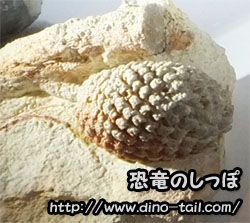
Some herbivorous dinosaurs, such as sauropods, had a habit of swallowing stones to aid digestion. Instead of grinding food in their mouths, they used stones in their stomachs to break down plants. These stones are called "gastroliths," and modern birds exhibit similar behavior.
In the Cretaceous period, more nutritious angiosperms (flowering plants) appeared, contributing to the prosperity of ceratopsians and ornithopods.
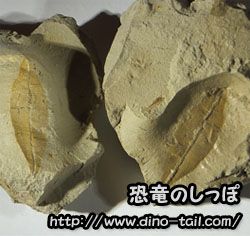
Also, in 2017, crustacean (like shrimp) shell fragments were found in hadrosaurid coprolites, along with rotten wood. It is thought that they may have intentionally eaten them to supplement their nutrition, perhaps during the breeding season.
Carnivorous and Piscivorous Dinosaurs
Most of the carnivorous dinosaurs found so far belong to [Theropoda]. In the Triassic, they preyed on insects and small animals, and from the Jurassic onwards, as they grew larger, some began to hunt herbivorous dinosaurs.

Among the carnivorous dinosaurs, there was also a group specifically adapted for piscivory (fish-eating). The Spinosauridae family, represented by Spinosaurus and Baryonyx, had long, narrow jaws like a crocodile and sharp, conical teeth for catching slippery fish. Their teeth lacked the serrations for tearing meat and were structured to pierce and hold prey.
Omnivorous Dinosaurs
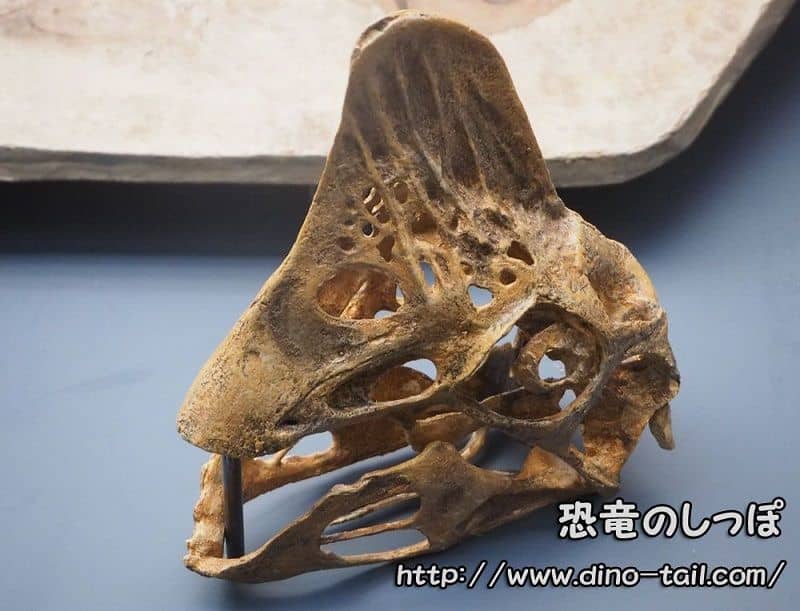
Oviraptor (Theropoda)
Some theropods, like Oviraptor and Gallimimus, had reduced teeth and a hard beak. They are thought to have been omnivorous, eating a variety of things such as plants, insects, eggs, and small animals.
Debate on Diet
In 2010, a research team from the Field Museum in Chicago presented a study suggesting that "many theropods - tetanurans - coelurosaurs were originally herbivorous." This group includes Tyrannosaurus, but the research team commented that "carnivory within this group might be the exception rather than the rule," and research on dinosaur diets is still ongoing.
